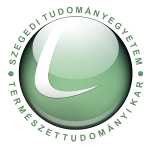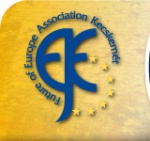| Kecskemet Arboretum Herbs Study trail | |
| About Arboretum |
Bird Cherry – Prunus padus Habitat · native to northern Europe · northern Asia · which grows north of the Arctic Circle in Norway, Sweden, Finland and Russia Habit and Form · deciduous small tree or large shrub · 8–16 m tall Summer Foliage · cone-shaped crown · highly elongated shape · arched columns later · leaves are inverted egg-shaped elliptical or oblong, short, but slender mountain ends Flowers · flowers are hermaphroditic · pollinated by bees and flies · Flowering time is between April to May. · fragrant Fruit · the fruit are readily eaten by birds · which do not taste astringency as unpleasant · astringent and bitter-sweet Bark · smooth · dark brown-gray or black · foul-smelling Use: · The fruit of this tree are seldom used in Western Europe, but are commonly eaten further east. · Taboo on the use of the wood was reported by native of Advie, in North-east Scotland, being regarded as a "witches’ tree". Healing effects: · beneficial effect on the blood · B vitamins found in all types of sour · also affects the functioning of nerves · treatment of respiratory diseases Formerly it was used as a kind of dyeing plant. During the dyeing process the fruit – depending on the pre-treatment of the material – could produce shades ranging from brown up to light green, while the leaves were yellowish-gray in the range of dyes. In addition, this species is supposed to have soothing, antipyretic and diuretic properties.
|
| Study Trail's Herbs | |
| Herbal basics | |
| Resources | |
| Impressum | |
| Gallery | |
 |
|
|
Sponsors: |
|




